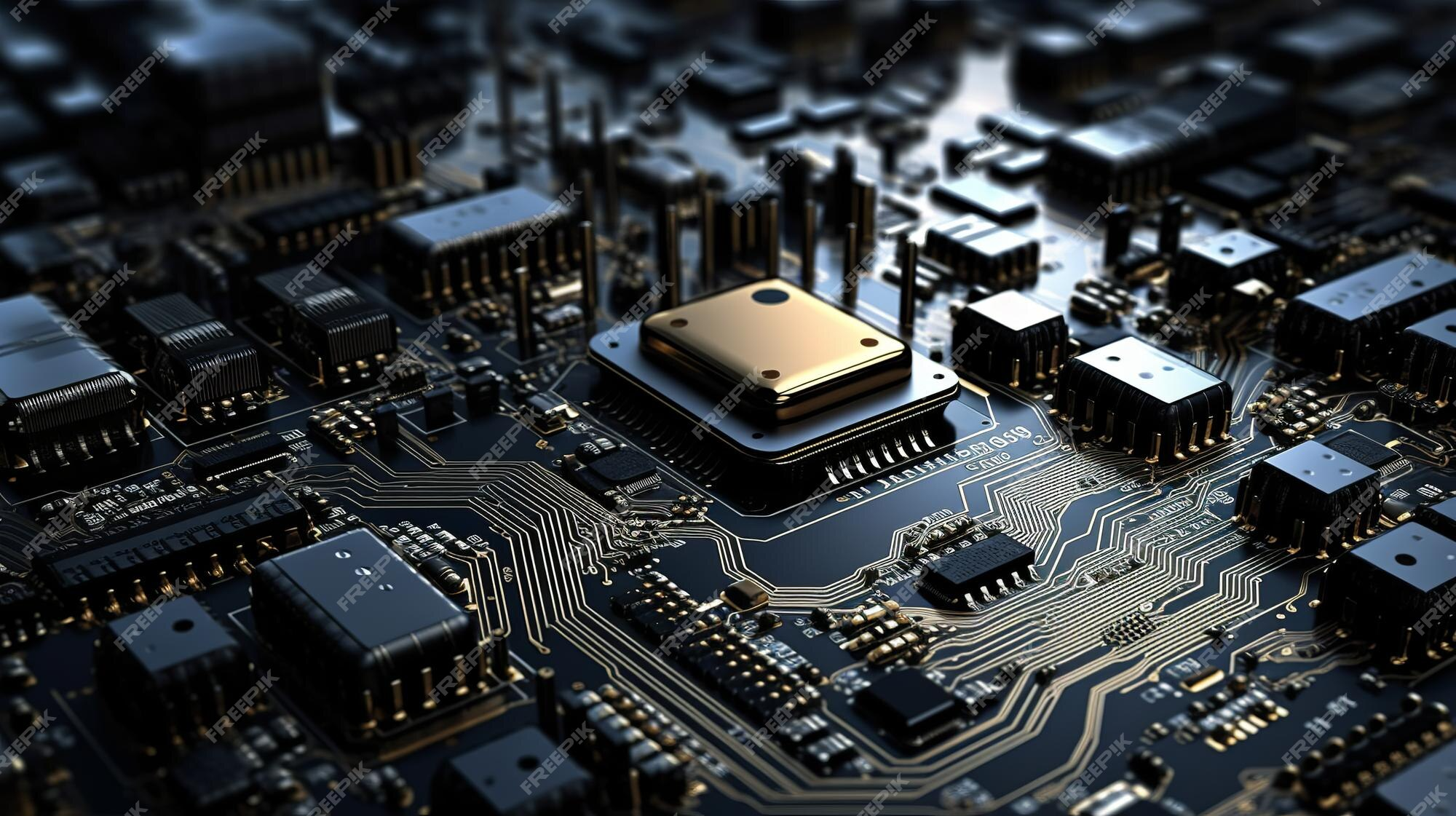Unwinding the Complexities of Component Technologies: A Far-Reaching Investigation
Component Technologies
Component Technologies stand as uncelebrated yet genuinely great individuals in the steadily developing innovation scene, quietly driving the gadgets and frameworks necessary to our regular routines. From the littlest coordinated circuits in our cell phones to the complex mechanical components driving modern hardware, these secluded units form the foundation of current advancement.

Characterizing Component Technologies
At its centre, a component is a discrete, practical unit that adds to the activity of a more extensive framework. In innovation, these components extend to different fields, including gadgets, programming advancement, and mechanical design. Understanding their importance requires unwinding the complicated embroidered artwork that ties them together.
The Underpinnings of Development
A verifiable viewpoint
To see the value in the present and a brief look into the future, following the verifiable underlying foundations of component technologies is fundamental. The excursion starts with early technologies, advances through modern unrest, and unfurls into the computerized age. This authentic focal point permits us to comprehend how these components have gone from essential mechanical components to the refined technologies we communicate with today.
The Innovative Assembly
As innovation advances, the once-unmistakable limits between various component technologies become obscure. Frameworks are no longer independent; they are mixtures of different passages working together. The article investigates the idea of innovative intermingling, where hardware, programming, and mechanical components consistently coordinate to make solid and multi-layered frameworks.
Gadgets and Component Technologies
Coordinated Circuits: The Silicon Insurgency
The foundation of present-day hardware, coordinated circuits (ICs), introduced the silicon transformation. We dig into the introduction of ICs and their groundbreaking effect on gadget scaling and execution. Moore’s Regulation becomes the overwhelming focus, directing the tireless speed of progressions that have characterized the gadgets business for quite a long time.
Printed Circuit Sheets: The Foundation of Electronic Gadgets
While ICs sparkle at the centre of attention, printed circuit boards (PCBs) structure the overlooked spine of electronic gadgets. We investigate the job of PCBs as the underlying and electrical establishment, featuring their advancement from unbending to adaptable designs. As innovation advances, so do the difficulties related to planning supportable and harmless PCBs for the ecosystem.
Programming Component Technologies
Application Programming Points of Interaction (APIs): Empowering Interoperability
In programming improvement, APIs are the glue that ties different applications together. We analyze the definition and elements of APIs, investigating their significant role in encouraging interoperability. The ascent of the programming interface economy is analyzed, revealing insight into how it shapes the scene of current programming advancement.
Microservices Design: Adaptability and Adaptability
The shift from solid structures to microservices denotes a worldview change in programming improvement. We disentangle the standards of microservices design, displaying its benefits of adaptability. Accurate contextual investigations represent how associations influence microservices to fabricate hearty and versatile frameworks.
Mechanical Component Technologies
Advanced Mechanical Components: From Computerization to Independence
The mechanical domain isn’t excluded from the impact of component technologies. We follow the development of automated technology components, from their initial days in modern computerization to the ongoing development of independent frameworks. Artificial reasoning becomes the dominant focal point as we investigate how it has become interwoven with current automated components.
High-level materials in mechanical components
Materials science’s forward leaps mould the mechanical components representing future things. We present high-level materials like composites and intelligent materials, investigating their applications in aviation, cars, and others. The article dives into the maintainability viewpoint, examining how eco-accommodating materials contribute to natural preservation.
Final Words
All in all, Component Technologies structures the DNA of our mechanical scene. From the minute universe of coordinated circuits to the naturally visible space of mechanical components, each piece is crucial in forming what’s to come. Understanding and valuing these components becomes principal as we stand at the junction of advancement. Through this understanding, could we at any point explore the difficulties and bridle the maximum capacity of Component Technologies in making a future that isn’t simply cutting-edge yet supportable and interconnected? The excursion into the universe of component technologies is continuous, and the disclosures ahead vow to be as groundbreaking as the actual components.

Faqs
What are component technologies?
Component technologies allude to discrete, measured units that serve explicit capabilities inside different mechanical frameworks. These components can be tracked down in gadgets, programming, and mechanical design, framing modern devices’ and frameworks’ central structure blocks. Models incorporate coordinated circuits, printed circuit sheets, application programming points of interaction (APIs), and mechanical components.
How Do Coordinated Circuits (ICs) Affect Current Gadgets?
Coordinated circuits, or ICs, significantly affect current hardware providing a minimal and productive method for incorporating various electronic components onto a single chip. This scaling down, frequently represented Moore’s Regulation, has prompted the advancement of progressively stronger and smaller electronic gadgets, for example, cell phones, PCs, and brilliant apparatuses.
Which Job Do Application Programming Connection Points (APIs) Play in Programming Advancement?
Application Programming Connection Points (APIs) act as middlemen that empower different programming components or frameworks to speak with one another. They characterize the techniques and information designs that applications can use to ask for and trade data, working with interoperability. APIs are vital in present-day programming improvement, permitting engineers to use existing functionalities and expand upon them, prompting more productive and versatile applications.
How Does Microservices Engineering Vary from Conventional Programming Structures?
Microservices engineering is a product improvement approach where an application comprises little, accessible administrations that speak with one another through distinct APIs. Dissimilar to conventional solid models, microservices offer expanded adaptability and simplicity of support. Every microservice can be created, sent, and scaled autonomously, advancing agility and flexibility in vast and complex programming frameworks.
What Advances in Materials Science Are Affecting Mechanical Component Technologies?
Progress in materials science has changed mechanical component technologies. The presentation of cutting-edge materials, like composites, superalloys, and brilliant materials, has upgraded mechanical components’ exhibition, strength, and effectiveness. These materials track down applications in aviation, cars, and different enterprises, adding to the advancement of lighter, more grounded, and more reasonable mechanical frameworks.

